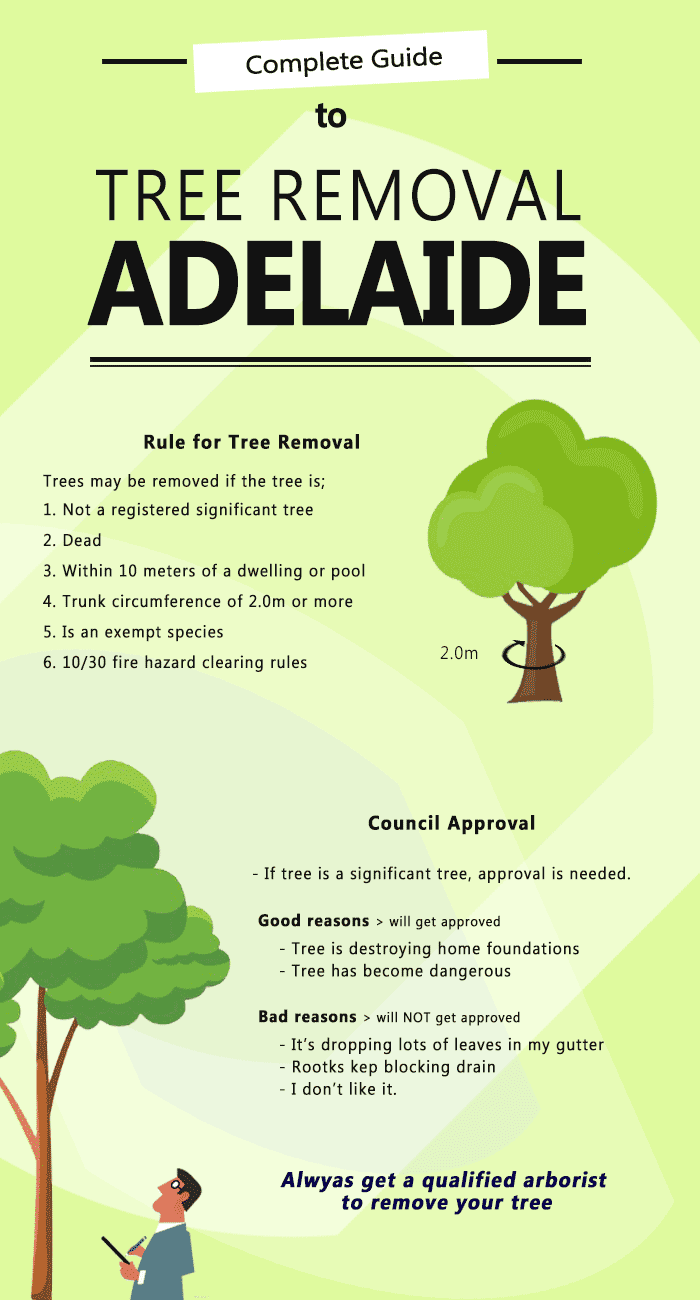Signs It's Time To Remove A Tree - A Home Owner'S Guide
Signs It's Time To Remove A Tree - A Home Owner'S Guide
Blog Article
Post Writer-Wright Long
Trees add beauty and worth to residential property, however they can also present a threat during severe climate events. If a tree has actually stopped growing, is showing noticeable fungal growth, or has a leaning trunk, it needs to be eliminated by a specialist to prevent residential or commercial property damages and injury.
To learn more, participate in https://docs.google.com/spreadsheets/d/1RPanU8Z1FbtG44oEOCy3lz9saJS8IjJQbDarn9psSLg/edit?gid=0#gid=0 -hosted by HPD, the Center for NYC Neighborhoods, and Brooklyn-based housing partners this night in Bedford-Stuyvesant. The occasion will include the House owner Handbook, a new guide to assist house owners browse the duties of possessing a home.
1. Dead or Perishing Branches
Trees are an indispensable part of your home's landscape, using color and charm. They also provide sanctuary for wildlife and generate oxygen, yet also healthy and balanced trees can experience illness that might necessitate their elimination. Dead or passing away trees aren't just unattractive, they can be hazardous. Their branches can drop during a storm, leading to pricey home damage and injuries.
When a tree's branches start to die, it implies that its framework is beginning to break down. If most of its branches are dead, it is likely time to remove it.
private gardens auckland for a lack of new development, bark peeling, open wounds or tooth cavities, fungi expanding on the trunk or roots and a basic look of degeneration in the entire canopy. arborist career of infection can indicate a serious problem that will need specialist tree solutions to settle.
2. Leaning Trunk
While it's typical for trees to lean once in a while due to phototropism, if a tree has a dangerous or serious lean that's not because of natural processes - maybe an indicator that the tree requires to be eliminated. If the tree is leaning toward a high-voltage line, home, car, play framework or any other location that could be hazardous to individuals if it falls, then contacting a professional tree solution for elimination should be a leading priority.
It's additionally vital to expect any type of sudden changes in a tree's leaning as it can suggest damages to the roots or trunk that may lead to dropping. This is specifically real during stormy weather, because high winds and rain-soaked soil can trigger a lean to alter promptly. Regular tracking, specifically throughout and after storms can assist property owners identify possible problems with their trees so they can call an arborist for a comprehensive examination.
3. Insect Infestation
Some pest invasions, such as wood-boring pests like emerald ash borer or sap-suckers like range insects, are so extreme that they can trigger a tree to die. The best means to prevent pest invasion is to monitor your trees often. Seek areas, holes, or stainings in the fallen leaves and bark. Take a look at the trunk for fractures and indications of insect damage, such as passages or tracks.
If a tree ends up being also ravaged with insects, or is close to a home or power lines, an arborist may advise elimination. If a leaning tree creates a brand-new, unpredictable lean, an arborist will likely suggest elimination also to ensure the safety of people and building. If a weakened or dead tree continually loses excessive branches, it is an indication that it is time to remove the tree. If a tree continues to drop branches for an extensive amount of time, it could lead to architectural issues and potential residential property damage.
4. Harmed Trunk
Trees are an attractive and vital part of our landscape, yet they do call for routine care to maintain them healthy and safe. If a tree is harmed beyond repair it is likely time for it to find down.
Seek indications of damage to the trunk, consisting of upright splits, seams, dead branch stubs, visible injuries or open dental caries and extreme tree-rot. The visibility of fungis at the base of the trunk is an additional alerting sign. Fungis might suggest that the phloem and xylem (life-support cells) are jeopardized, allowing for the spread of disease or a future failure.
Likewise, think about whether the tree has actually stopped expanding. Healthy trees will certainly have brand-new development annually, which might show up as buds or branches sprouting and prolonging. If you don't see any new development, it's an excellent concept to have an arborist evaluate the tree and follow their suggestion for elimination. A dying or harmed tree can drop and cause residential or commercial property damages.